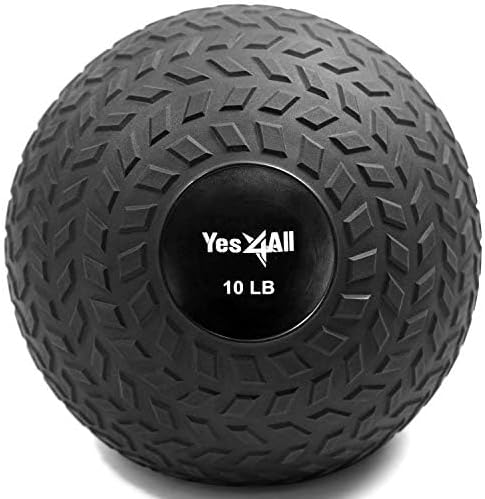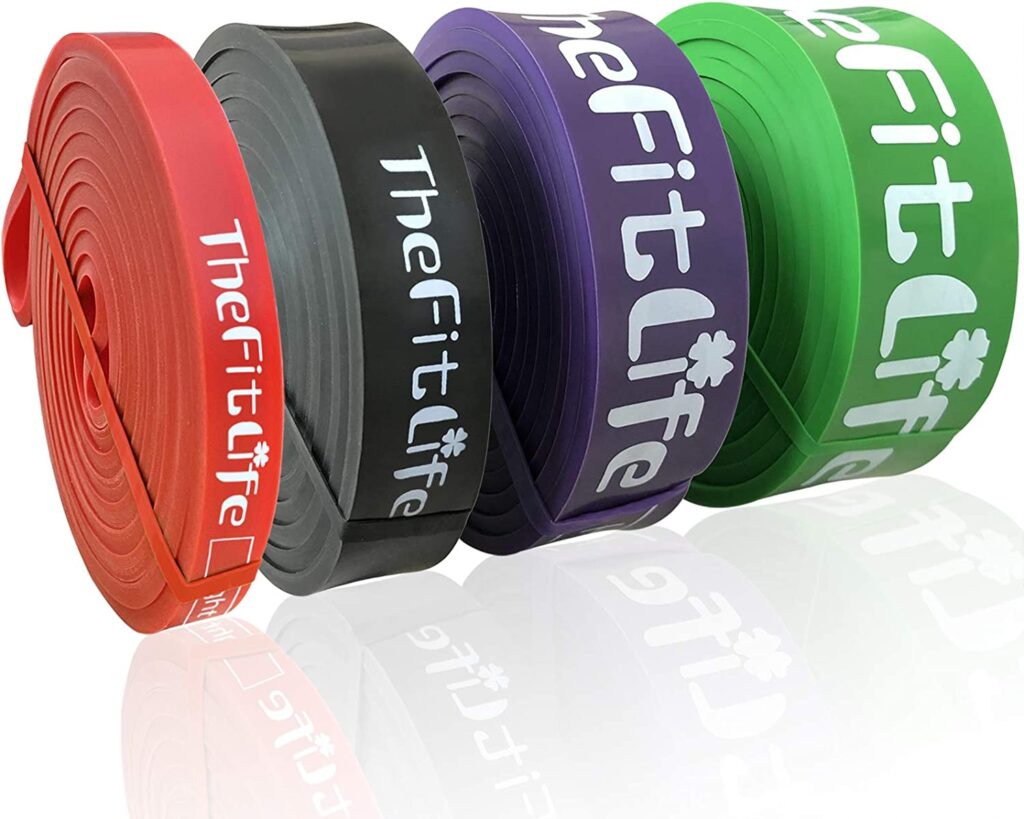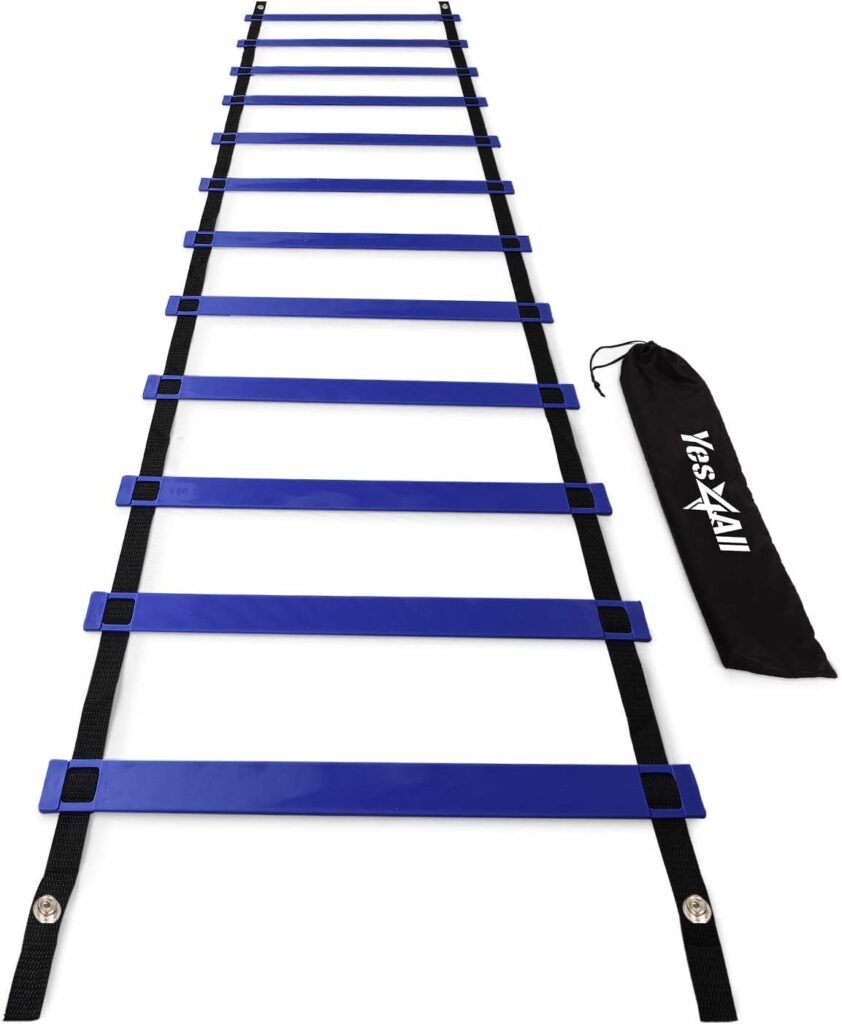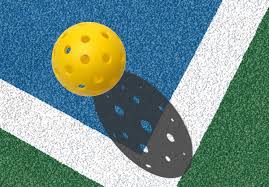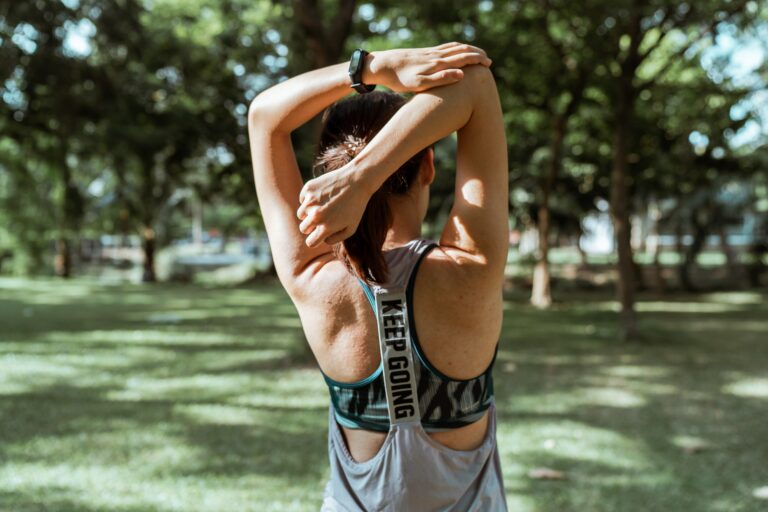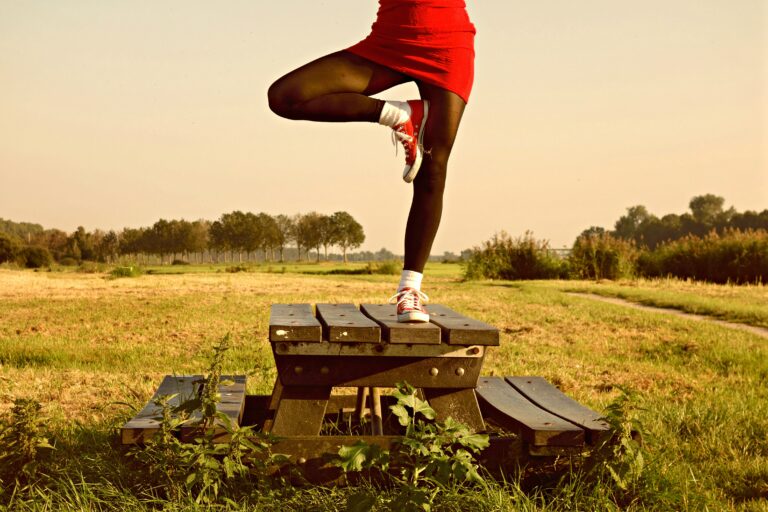Best 3 Equipment to Improve Your Forehand
Whether it racquetball, badminton, squash, tennis or pickle ball, these pieces of equipment will help improve your forehand
Forhand Breakdown
While there may be slight variations in technique across different racket sports, the following steps outline the general process of a forehand stroke in most racket sports, including tennis, badminton, racquetball, pickle ball and squash:
- Ready Position: Start in a balanced and athletic stance, with your feet shoulder-width apart. Hold the racket with both hands, using a continental grip (for tennis) or an appropriate grip for the specific sport.
- Backswing: Initiate the stroke by turning your shoulders and rotating your hips sideways. Take the racket back with your non-dominant hand guiding the racket head. The backswing should be smooth and controlled, keeping the racket head higher than the grip level.
- Racket Drop: As you complete the backswing, allow the racket head to drop slightly below the ball’s anticipated contact point. This dropping motion helps generate power and creates an optimal swing path.
- Forward Swing: Initiate the forward swing by driving your hips and rotating your shoulders toward the net. Simultaneously, bring your dominant hand towards the contact point while keeping your non-dominant hand on the grip. The swing should be fluid and continuous, with the racket head accelerating through the ball.
- Contact Point: Aim to make contact with the ball slightly in front of your body, just in front of the front foot. This will vary depending on the specific sport and stroke. Make sure to make contact with the ball in the center or slightly toward the strings of the racket for optimal control and power.
- Follow-through: After contacting the ball, continue the swing forward and upward, extending your arm fully. The follow-through should be smooth and balanced, with the racket finishing over your opposite shoulder (for tennis) or in front of your body (for badminton and squash).
- Recovery: After the follow-through, return to the ready position quickly, preparing for the next shot or anticipating the opponent’s response. Maintain balance and be ready to move in any direction.
Remember, these steps provide a general overview, and the specific technique and grip may vary depending on the racket sport you are playing. These are the points that will be important to improve with on court drills and off court training.
Off Court Training
Off-court training can be a valuable complement to on-court practice to improve your forehand in racket sports. These areas should be a focus for improvement as each category will lead to improvements in another category ultimately allowing for the most efficient and effective forehand.
- Strength Training: Focus on exercises that target the muscles used in the forehand stroke, such as the shoulders, chest, core, and legs.
- Core Stability and Rotation Exercises: A strong and stable core is essential for generating power and transferring energy efficiently during a forehand. Incorporate exercises like Russian twists, medicine ball rotations, woodchoppers, and cable rotations to strengthen your core and improve rotational power.
- Agility and Footwork Drills: Quick and efficient footwork is crucial for positioning yourself well to hit an effective forehand. Incorporate agility ladder drills, cone drills, shuttle runs, and side-to-side shuffles to improve your footwork, speed, and agility on the court.
- Plyometric Training: Plyometric exercises can help develop explosive power and speed, which are beneficial for generating power in your forehand strokes. Exercises like box jumps, lateral jumps, split jumps, and medicine ball throws can enhance your lower-body power and quickness.
- Cardiovascular Conditioning: Tennis and other racket sports require endurance, as matches can be physically demanding. Engage in cardiovascular exercises such as running, cycling, or high-intensity interval training (HIIT) to improve your overall stamina and endurance on the court.
- Flexibility and Mobility: Adequate flexibility and mobility are important for a fluid and efficient forehand stroke. Perform dynamic stretches and exercises that target the shoulder, wrist, and hip mobility. Incorporating exercises like shoulder circles, wrist stretches, and hip openers can improve your range of motion.
- Visualization and Mental Training: Mental preparation is equally important in tennis. Visualize yourself hitting successful forehands, imagine the correct technique, and mentally rehearse your strokes. Practice relaxation techniques, mindfulness, and mental focus exercises to enhance your mental resilience and concentration during matches.
For the purpose of this article, we will look at good equipment to use for the sake of improving in these categories. These equipment can be found in most gyms but if you would rather have these for home exercise or for easy access, then I’d recommend purchasing them to bring to each training session.
Best Equipment
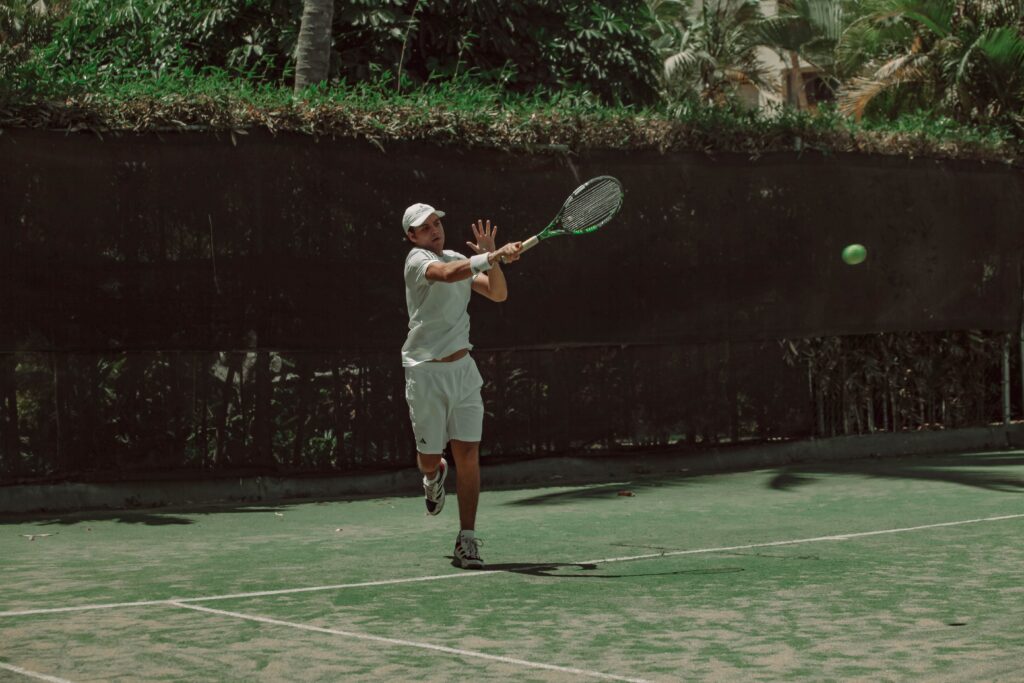
Medicine Ball
Medicine balls can be utilized to improve your forehand stroke by incorporating exercises such as rotational throws, slams, chest passes, Russian twists, and single-leg rotations. These exercises target the muscles involved in the forehand stroke, including the core, shoulders, and chest, while promoting rotational power, stability, and explosiveness. By incorporating medicine ball exercises into your training routine, you can enhance your strength, power, and coordination, translating to a more effective and powerful forehand stroke on the tennis court or in other racket sports.
Resistance Bands
Long resistance bands can be effectively used to improve your forehand stroke by incorporating exercises that target the muscles and movements involved. One exercise is the resistance band forehand simulation: secure the band to a sturdy anchor point and stand facing away from it. Hold the band with both hands, assuming a ready position, and simulate the forehand stroke by extending your arms forward while maintaining tension in the band. Focus on using proper technique and generating power throughout the movement. The resistance band provides added resistance, challenging the muscles used in the forehand and helping to strengthen them. This exercise can improve your power, stability, and control, enhancing your forehand stroke in tennis or other racket sports.
Exercise Ladder
An exercise ladder, also known as an agility ladder, can be a valuable tool for improving your forehand stroke in all racket sports. Incorporating ladder drills can enhance your footwork, speed, agility, and coordination, all of which are crucial for setting up and executing an effective forehand. Perform ladder drills such as the “in-and-out” drill or the “side shuffle” drill, focusing on quick and precise footwork while maintaining proper form and balance. These drills help improve your ability to move efficiently and explosively, allowing you to position yourself optimally for a strong and well-executed forehand stroke on the court.
Why Consider These Tools?
In a gym setting, you’ll often find medicine balls, speed ladders, and resistance bands among the various equipment available. These tools are commonly used by athletes, fitness enthusiasts, and trainers to enhance performance, improve agility, and build strength. The gym provides a designated space for incorporating these tools into your workout routine, offering the necessary facilities and resources to use them effectively. Whether you’re targeting your core with medicine ball exercises, improving footwork with speed ladder drills, or working on strength and mobility using resistance bands, the gym environment provides a controlled and convenient setting for incorporating these training aids.
However, the true advantage lies in purchasing these tools for personal use, making them portable and allowing you to use them anywhere and anytime. When you own a medicine ball, speed ladder, or resistance bands, you gain the freedom to take your training outside the gym. This means you can continue your workouts while traveling, in your backyard, at a park, or even in the comfort of your own home. The portability aspect of these tools provides the flexibility to fit exercise into your schedule without being bound by gym hours or location constraints.
With a medicine ball, you can perform explosive rotational throws or engage in core-strengthening exercises wherever you have space to move. The speed ladder can be easily laid out on any flat surface, allowing you to sharpen your footwork, agility, and quickness in various locations. Resistance bands can be packed into a small bag, making them a versatile companion for on-the-go workouts, whether you’re targeting specific muscle groups, working on mobility, or engaging in dynamic resistance exercises.
By purchasing these tools, you invest in your training autonomy and adaptability. You’re no longer limited to the gym environment but can explore outdoor spaces, travel with your equipment, or create your own workout area at home. This flexibility allows you to maintain consistency in your training and work towards your fitness goals regardless of your surroundings. Whether you’re a competitive athlete or someone looking to stay fit, the portability of medicine balls, speed ladders, and resistance bands offers a significant advantage in incorporating effective training wherever and whenever it suits you best.

